The Trump administration recently announced plans for “dramatic reductions in foreign aid,” suggesting it is prepared to cut 28 percent to 37 percent of the State Department and USAID budgets. “We are going to propose to reduce foreign aid and we are going to propose to spend that money here,” Office of Management and Budget (OMB) director Mick Mulvaney said. This is in keeping with President Donald Trump’s view that “the wealth of our middle class has been ripped from their homes and then redistributed all across the world… From this day forward, it’s going to be only America first.”
The president’s “America First” doctrine, in turn, is in keeping with the widely held view among the American people that, as NPR reports, Uncle Sam spends more than a quarter of his annual budget on foreign assistance. In fact, less than 1 percent of the federal budget goes to foreign aid.
What we are glimpsing is an increasingly world-weary America, an America focused on itself. This inward turn—“nation-building here at home” under President Obama, “America first” under President Trump—is not good for America or the world.
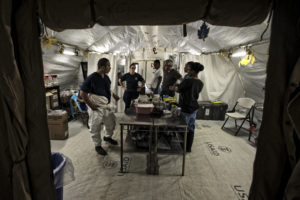
It’s a paradox, but for America a foreign policy defined purely by self-interest has the effect of undermining America’s interests. Consider the pre-World War II decades, when the American people convinced themselves that the oceans could protect them from the world, only to be shaken out of their fairy tale by the blood and fire of Pearl Harbor.
This is not to suggest that a president should focus on the interests of other nations at the expense of U.S. interests. What it does suggest is that the liberal international order America built after World War II is in America’s interest. However, it doesn’t run on autopilot or grow by magic. It depends on America and other nations blessed to live in peace and prosperity using their wealth and wherewithal to enforce international norms of behavior, deter aggressive states, and, yes, help neighbors in need.
The notion that, once upon a time, America was content to focus solely on self-interest is fiction. The late Robert Bremner noted in American Philanthropy that efforts to distribute foreign aid on the part of Americans date to 1820, when Americans provided aid to support Greek independence and care for Greek orphans. During the Irish famine in the 1840s, “To carry the contributions of Massachusetts alone required two sloops of war, four merchant ships and two steamers.” And Bremner’s book recounts this poignant episode from 1832: “When the starving people of the Cape Verde Islands rowed out to a ship hoping to buy food, they were astonished to learn that the vessel had been sent by the United States for the express purpose of relieving their necessities.”
During World War I, with Belgium starving, the U.S. formed the Commission for Relief in Belgium (CRB). Individuals and charities accounted for just $52 million of the $1 billion CRB distributed during the war.
During World War II, America helped create the UN Relief and Rehabilitation Administration (UNRRA), which spent $4 billion on food, clothing, and medicine to assist war refugees. America accounted for 65 percent of the UNRRA’s generosity.
After the war, American taxpayers shipped $13 billion to Europe via the Marshall Plan to rescue the war-ravaged continent. Halfway around the world, Gen. MacArthur supplemented Japanese rations with 800,000 tons of U.S. military supplies. He then persuaded Washington to earmark $250 million for food, farm equipment, and medicine for Japan—“an amount exceeding the combined budgets of the U.S. Departments of Commerce, Justice and Labor,” James Dobbins notes.
When Stalin blockaded West Berlin, America and Britain responded with an unprecedented airlift that delivered 2.3 million tons of supplies, sustaining West Berlin for 15 months. During the airlift, America showcased not just its military might, political resolve, and economic capacity, but a unique ability to balance its interests against the most basic needs of its former foes.
President Harry Truman recognized that foreign aid was not just a way to help the world’s neediest, but an essential tool of foreign policy. “The seeds of totalitarian regimes are nurtured by misery and want,” he argued. “They spread and grow in the evil soil of poverty and strife. They reach their full growth when the hope of a people for a better life has died.”
Truman saw foreign aid as a path away from communism, a path to a better world, and sometimes simply a path to survival.
Consider recent efforts such as the President’s Emergency Plan for AIDS Relief (PEPFAR) and the President’s Malaria Initiative (PMI), both launched by President George W. Bush.
In 2003, only 50,000 people in sub-Saharan Africa were receiving antiretroviral AIDS drugs. Today, PEPFAR supports life-saving treatment for 11.5 million people. “PEPFAR prevented nearly 2 million babies from being born with HIV,” a 2016 report concludes. PEPFAR provides treatment for nearly 1.1 million children and critical care for 6.2 million orphans and other at-risk children.
PMI is credited with protecting 25 million people from Africa’s deadliest killer—mosquitoes—by distributing bed nets and medicine. Thanks in large part to PMI, 6.2 million malaria deaths have been averted.
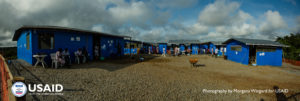
USAID has helped build 16,000 schools and train 154,000 teachers in Afghanistan, allowing 9 million Afghan kids to go to school—up from 900,000 in 2002. Forty percent of those kids are girls—up from zero percent in 2002.
USAID immunization programs save some 3 million lives every year, and USAID development programs have helped 1.3 billion people gain access to safe drinking water.
This is what a great and good nation does. This is what we are called to do. As Jesus explained, “To whom much is given, much is expected.” In light of how much we Americans have been blessed with, why would heaven not expect us to answer when the neediest cry out for help? Just as the strong are made to protect the weak and the healthy to serve the broken, the wealthy have a purpose: to help the poor.
The parable of the Good Samaritan reminds us that all people of goodwill are neighbors. “A man was going down from Jerusalem to Jericho, when he was attacked by robbers.” He was beaten and left for dead. A priest and a Levite saw the man, only to cross the road to avoid him. But a Samaritan “took pity on him,” “bandaged his wounds,” “brought him to an inn and took care of him.” He then paid for the man’s care and recovery. In a sense, this is a portrait of foreign aid in action. It pays to recall, as one commentary explains, that the hero is “a hated foreigner…but Jesus asserted that love knows no national boundaries.”
To be sure, governments are expected to do certain things individuals aren’t expected to do—and shouldn’t do certain things individuals should do: Turning the other cheek and dying to self are next to godliness for individuals, but such behavior is next to suicidal for nation-states. However, helping those in need and sharing from our abundance are things God expects of individuals and nations alike.
“Abundance” is the operative word. At $18 trillion, America’s GDP is enormous. How enormous? America represents 24.5 percent of global GDP. California’s GDP is larger than France’s, Texas’s is larger than Canada’s, Michigan’s is larger than Poland’s.
How enormous? The federal government wastes $124.7 billion on improper payments annually—more than the GDP of Kuwait.
How enormous? Americans donate $43.9 billion in foreign aid through charitable sources. That’s roughly equal to the GDPs of Estonia and Honduras—combined. We spend another $36.4 billion annually on federal foreign aid—less than 1 percent of the federal budget.
In short, foreign aid is not the cause of our fiscal challenges. Nor is it purely charity. Foreign aid is a textbook case of enlightened self-interest. But don’t take my word for it. President Dwight Eisenhower called foreign assistance “an investment in our present safety, in our future strength and growth, and in the growth of freedom throughout the world.”
Defense Secretary James Mattis offers a blunter assessment about the benefits of diplomacy and foreign aid, warning, “If you don’t fully fund the State Department, then I need to buy more ammunition.”
—
Alan Dowd is a contributing editor to Providence and a senior fellow with the Sagamore Institute Center for America’s Purpose.
Photo Credit: Monrovia, Liberia – September 22, 2014: Washing was a vital part of USAID’s operation of the Ebola Treatment Unit at Island Clinic in Monrovia. All scrubs worn under PPEs and shoes must be washed thoroughly in chlorine water and then with soap. Within one day after it was opened, Island Clinic was already at capacity at more than 150 patients. More were still on their way. Approximately 100 Ebola patients were moved from nearby Redemption Hospital. The facility was setup by the WHO and the Ministry of Health of the Republic of Liberia in response to the surge of patients needing an Ebola Treatment Unit (ETU). USAID provided two generators and other supplies to equip the facility with life saving care. Photo by Morgana Wingard, shared by USAID via Flickr.
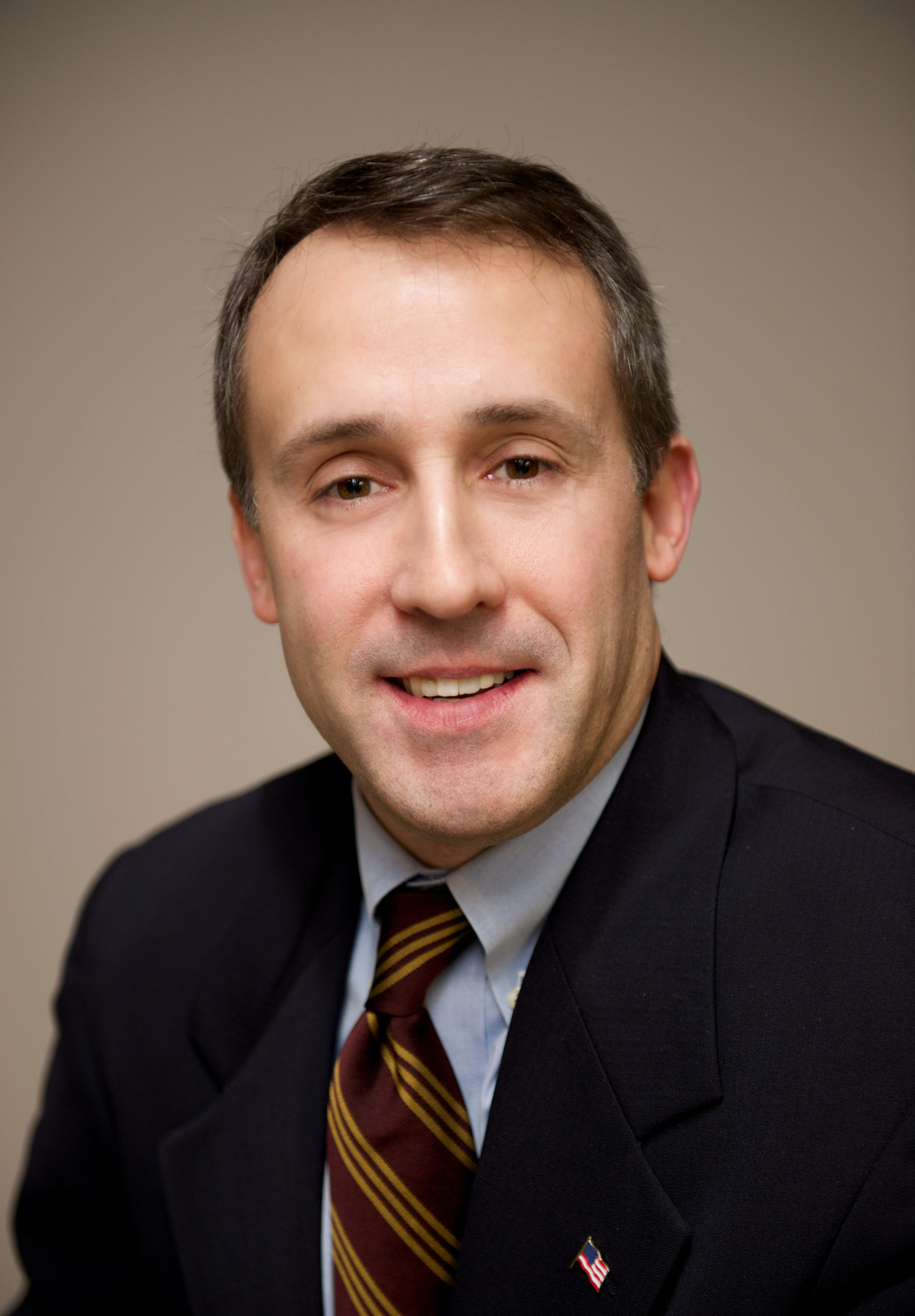


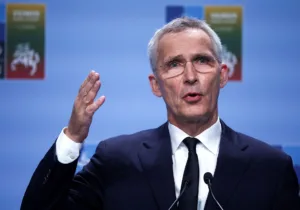

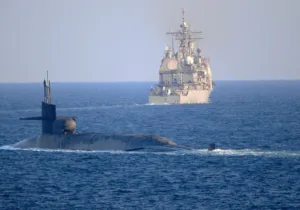

 Sponsor a student for Christianity & National Security 2024
Sponsor a student for Christianity & National Security 2024